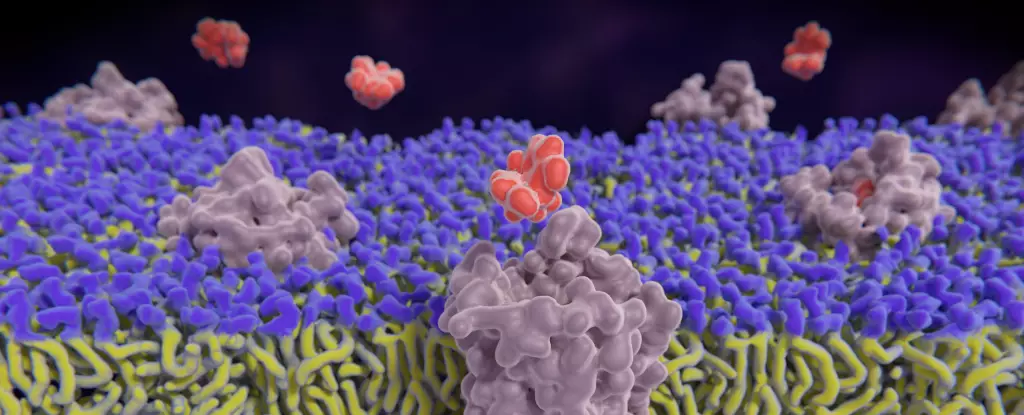Opioids have a profound impact on the world, but our understanding of how these drugs work is surprisingly limited. While substances like heroin and fentanyl may come to mind when we think of opioids, the human body actually has its own opioid system that plays a crucial role in the brain’s reward and aversion pathways. This system consists of three receptors – kappa (κOR), delta (δOR), and mu (µOR) – that are activated by various neuropeptides in response to pleasure, pain, and stress.
Endorphins, often referred to as “endogenous morphine,” are one of the best-known opioid neuropeptides. However, there are many others that play a role in the opioid system. These neuropeptides interact with opioid receptors in a complex manner, with different opioids binding more strongly or weakly to each receptor. This nuanced interaction means that the activation of these receptors is more akin to adjusting a dimmer switch than flipping a simple on/off switch.
One of the main challenges in studying opioid receptors is the minuscule quantities of neuropeptides involved in the process. Additionally, there are far more synthetic opioids than natural neuropeptides, each affecting the brain in slightly different ways. This complexity makes it difficult to fully understand how opioids interact with the opioid system and the brain as a whole.
A recent study led by researchers from the University of California Davis has introduced a new method for studying opioid receptors in real-time. By incorporating fluorescing receptors into neurons in mice, the researchers were able to visualize how opioids interact with the nervous system in a living brain. This innovative technique involves the use of biosensors that fluoresce when an opioid receptor is activated, providing valuable insights into the intricate processes at play.
This new method not only advances our understanding of the opioid system but also holds promise for developing potential treatments for anxiety, depression, and pain relief. By gaining a deeper insight into how opioids interact with opioid receptors, researchers may be able to develop safer and more effective medications that provide pain relief without the risk of addiction. This research has the potential to revolutionize the field of opioid pharmacology and improve the lives of those who rely on these medications for pain management.


Leave a Reply